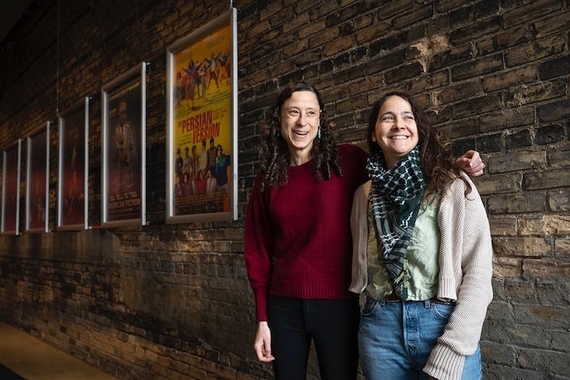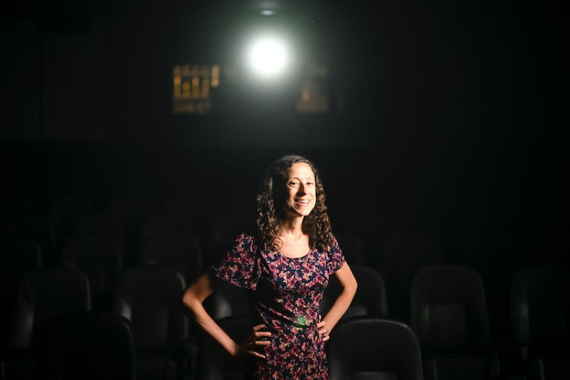Moving Music: The Cultural Crossroads of Jazz
“Jazz changes around the world, and jazz is also an agent of change around the world.”
So says Mikkel Vad, a PhD candidate in comparative studies in discourse and society, who was awarded UMN’s prestigious 2019-20 Doctoral Dissertation Fellowship for his recent research on the reception of European jazz in America. Focusing on European jazz, Vad dives into the cultural implications of a predominately African American music form being taken on by white Europeans.
Jazz, Race, and Identity
Music has always been a part of Vad’s life. Originally from Denmark, he played the trumpet and the trombone throughout his school years and later received a BA and an MA in musicology from the University of Copenhagen.
European jazz has always fascinated him. He noticed there was a lot of attention on American jazz musicians who had moved to Europe, but not much information about foreign jazz coming into America. Vad was inspired to take matters into his own hands and research it himself. “There’s a hole in the history of music that needs to be filled,” he says.
Vad believes his work will resolve some common misconceptions about jazz. For example, the genre is much more international than most people think. “Within the US, it's almost like we tell a story about jazz as an exclusively US phenomenon,” he explains. “I hope that my research will show that that's not actually true.” Vad has found that not only is jazz globally disseminated, but that American jazz musicians paid a lot of attention to what jazz was doing around the world.
Because Vad focused on “white Europeans coming to the US and playing a black musical form,” his research inherently became a study of migration and identity. By studying these musical crossroads between nations, he deals with topics such as “migration, racial politics across borders, and the various ways in which identity is configured.” Vad found this to be apparent in a series of 1978 interviews with Austrian jazz musician Joe Zawinul. In these interviews, Zawinful is “playing into cultural appropriation by talking about how he has much affinity with black Americans.” This interview highlights the racial politics that come into focus when a culture goes global. Vad found that there was a fine line between appreciation and appropriation at these cultural intersections.
Bringing Music into the Classroom
Vad carries his affection for music into the classroom. Before coming to the University of Minnesota, Vad taught The Sociology of Music and Cultural Studies and similar classes at the Rhythmic Music Conservatory in Copenhagen. At UMN, he has taught an array of courses, such as CSCL 1501W: Reading History, CSCL 1301W: Reading Culture, and CSCL 3250: Music as Discourse. In these classes, he encourages his students to remember that they are capable of analyzing music, even if they feel inadequate or are unfamiliar with the topic. “What I try to teach the students is that if you can listen to music, you can actually say a lot about it. You can say a lot of interesting things about music, without having to know what a Dorian or an Aeolian scale is,” he says. “I hope my students can come out of those classes and be at least semi-musicologists.”
The Interdisciplinary Advantage
Vad was originally convinced to study in the cultural studies and comparative literature department by Richard Leppert, Regents Professor Emeritus, after they met at a conference. Leppert talked to him about his research and suggested the CSCL program to Vad, prompting him to pursue graduate school at UMN.
Vad sees studying in an interdisciplinary department as an advantage because it allows him to look critically at both the musical and cultural effects of the global dissemination of jazz. He recommends an interdisciplinary education, commending its versatility. “Cultural studies and comparative literature resonates incredibly well with almost any field of study,” he says. “When you're in an interdisciplinary department like CSCL, you can have a lot of different scholarly identities.”
His next research project will once again combine music and culture. He’s calling it “Colorblind Listening: Race and the Acousmatic Imagination,” and looks forward to digging into “the politics around how people associate different sounds with racialized bodies.”
This story was written by an undergraduate student in CLAgency. Meet the team.



